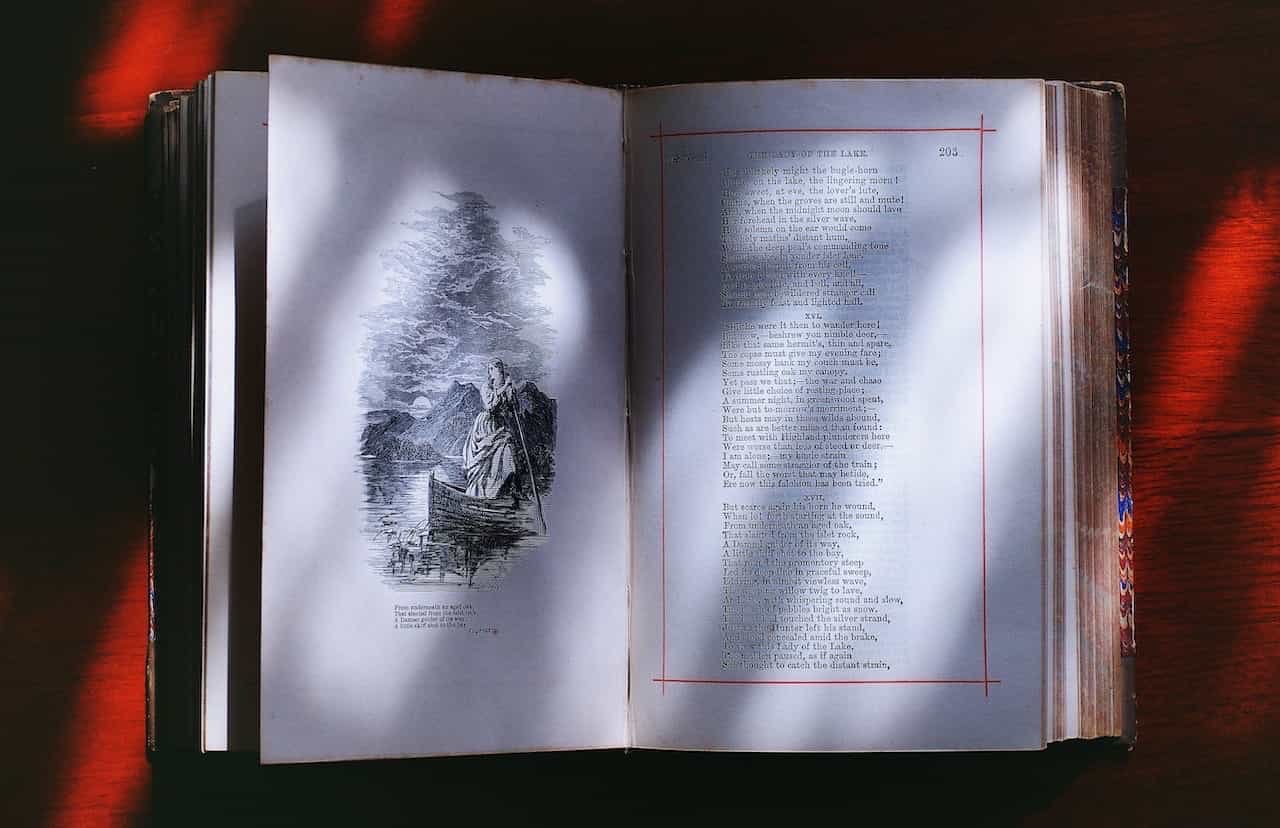TABLE OF CONTENTS
Urolithiasis
Deposition of calculi or stones in any part of the urinary tract is known as urolithiasis, although specific nomenclature like Nephrolith is called stones for kidney and Cystolith for bladder.
- The incidence is more common in males and in specific geographical locations.
- The composition of calculi varies from species to species.
- In dogs, triple phosphate and calcium oxalate calculi are more common.
- The Dalmatian breed has a special preference for ammonium urate stones as they have inherent defects in the conversion of uric acid to allontoin.
- In cattle, calcium, magnesium, and ammonium phosphate containing calculi are more common.
Etiology
- Altered urinary pH.
- Increased level of crystalloids than colloids.
- Lack of water in draught-like conditions causes dehydration.
- Urinary tract infection leads to the desquamation of epithelial cells.
- Excessive intake of calcium, vitamin D, or its increased level in water (hard water).
- Vitamin A deficiency.
- Ingestion of plants containing high-oxalate estrogenic substances.
Pathogenesis
Urolith formation occurs in three stages:
- Stage of nidus formation
- Stage of precipitation of solutes
- Stage of concretion
Desquamated epithelial cells and necrotic tissue form the nidus. Vitamin A deficiency and plant oestrogen contribute to the desquamation of cells. Though urine contains a large number of solutes, it also has a protective colloid. These colloids cannot be transformed into a gel that prevents the precipitation of crystalloids. The mucopolysaccharide fraction of urine acts as a cementing substance, which favours the formation of caliculi, which keep on increasing in size.
Urethral obstruction is most common at the second curvature of the sigmoid flexure in bullocks and vermiform appendages in rams. The increased occurrence in castrated males is due to the relatively smaller diameter of the urethra.
Urethral rupture and subsequent uroperitoneum are the most important complications of urethral obstruction. Partial obstruction of the ureters can result in hydronephrosis syndrome.
Clinical Findings
Signs of abdominal pain, like kicking at the belly, stretching of the back, and treading of the hind limbs, can be observed. Strenuous efforts to urinate, accompanied by grunting and grinding of teeth with the passage of a few drops of blood-stained urine, are the other signs. Crystal deposits on preputial hairs are also observed.
Most of the time, these signs are ignored, overlooked, or treated for some other ailment, resulting in a bladder rupture in about 48 hours. There is also the possibility of urethral rupture near the site of obstruction, leading to the escape of urine into the connective tissue of the abdominal wall. This results in cellulitis and may cause sloughing of the skin and toxaemia.
Diagnosis
The diagnosis of urolithiasis is made based on the following:
- Clinical signs
- Radiographic examination
- Urinalysis of available urine
- Serum biochemistry indicates elevated BUN and creatinine.
- Abdominocentesis to detect the uroperitoneum.
Treatment

Surgical intervention is obvious in urethral obstruction, although alternative medicine has a treatment approach. A commercial preparation like Cystone tablets BID has been reported to be beneficial in the early stages. A course of antibiotics to check infection, urinary alkalizers or acidifiers, and potent analogue flunixin-meglumine or pentazocine should be part of treatment. Pre-scrotal urethrotomy is a common surgical approach to reach the site of obstruction in the sigmoid flexure.

